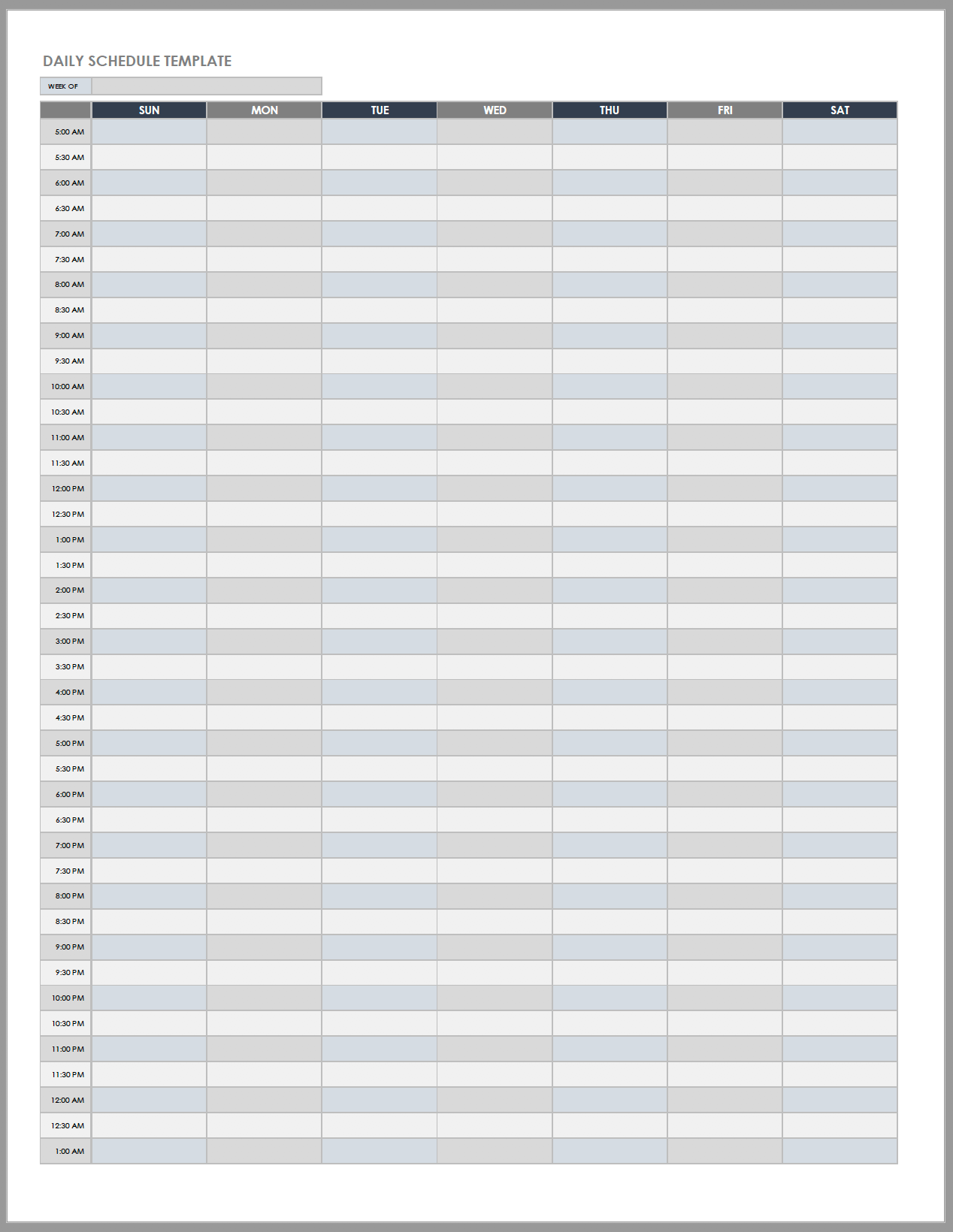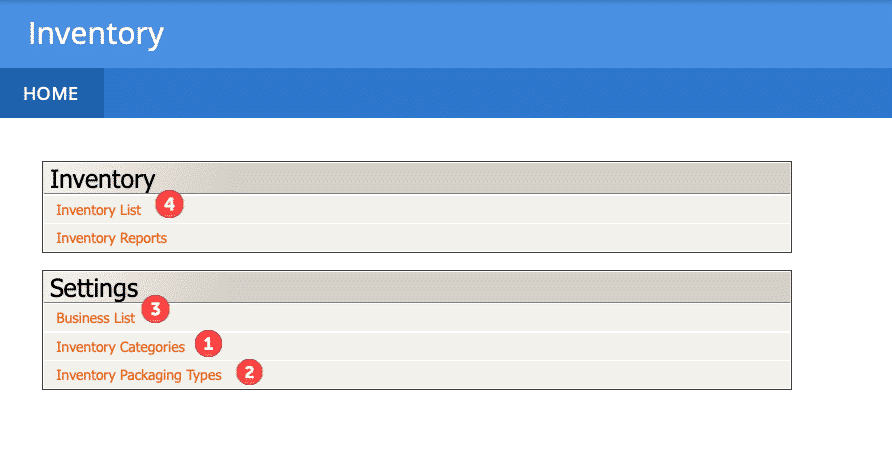
The name Academic Leagues come from medical students creating these activities in order to acquire theoretic and practical experience. In Brazil, these groups are known as "Academic leagues."Īcademic Leagues offer lectures and supervised extra-curricular practical activities in their teaching university-affiliated hospital and form part of an overall parallel curriculum. A more feasible alternative for countries like Brazil has been the formation of extra-curricular groups linked to both academic and non-academic hospitals where students are taught by qualified teachers, and thus complement their learning in specific areas such as EM.

Examples of additional courses in EM include the ATLS (Advanced Trauma Life Support), Trauma academic weeks, conferences and lectures. Due to high number of jobs in EM and the lack of specialist to work in this field, recent graduates in developing countries sometimes work in the emergency room straight after medical school and have to either acquire knowledge by experience only or take additional courses during their graduation. Consequently EM is taught to medical students as part of their core curriculum inside rotations, but no emergency dedicated residency training exists (like in other parts of the world), leaving gaps in medical training in these countries. However in developing countries like Brazil, EM is not considered a specialty. Practical extra-curricular activities had the ability to influence the future choice of specialty, either positively or negatively.Įmergency Medicine (EM) is a fascinating area to most medical students. Two hundred hours appeared to be a relatively significant time for the student to demonstrate good conduct and ability. The aptitude, confidence and skill of students are closely linked to the practice time (number of training hours served). Regarding the influence of the practical extra-curricular activities, 76.5% of the total reported that it had influenced their choice of future specialty. While in Group 2, this value becomes 29.4 % - values for Group 1 - p = 0.011 and Group 2 - p = 0.117). To determine patient follow-up by the student, the number of initial patient care was correlated with number of discharge procedures performed (in Group 1, 49.6% of patients were not followed up and discharged by the same students who first talked to them in the hospital. Students in Group 2 (over 200 hours) had a greater number of procedures performed on all variables evaluated, in particular, initial patient care (mean 363.8 vs.136.905 in Group 1 - p = 0.001), Simple Sutures (mean of 96.2 vs 33.980 respectively) ( p = 0.00003).


102 eligible individuals were included and divided into two groups according to the number of extra-curricular hours performed (Group 1- up to 200 hours and Group 2- over 200 hours). MethodsĪ Cross-sectional study conducted by collecting data through a questionnaire. Also, to assess the influence the practical activities have on student´s future choice of specialty. The objectives of the present study are to assess the influence of hours undertaken in the extra-curricular practical activities on the performance and confidence of students in carrying out the different procedures in the emergency department, and on their own perception of how well they did. This organizations offer lectures and supervised extra-curricular practical activities in their teaching university-affiliated hospital. Additional courses on EM are available through Academic Leagues.

Due to high number of jobs in Emergency Medicine (EM) and the lack of specialist to work in this field, recent graduates work in the emergency room straight after medical school.


 0 kommentar(er)
0 kommentar(er)
